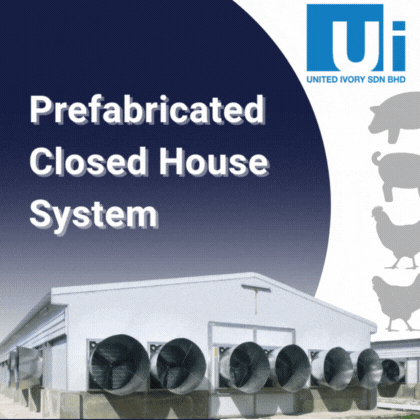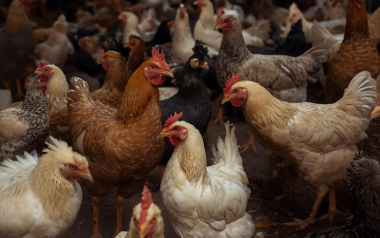Sources: Available upon request
20 Sep 2024
South Africa’s poultry industry
The South African poultry industry has shown remarkable resilience in the face of significant challenges, particularly the recent outbreaks of Highly Pathogenic Avian Influenza (HPAI). Despite these adversities, the industry has managed to recover, but it now faces the dual pressures of maintaining supply and managing rising input costs.
The South African poultry industry has shown remarkable resilience in the face of significant challenges, particularly the recent outbreaks of Highly Pathogenic Avian Influenza (HPAI). Despite these adversities, the industry has managed to recover, but it now faces the dual pressures of maintaining supply and managing rising input costs. A more balanced approach is essential to ensure sustainable growth and stability in this vital sector.
Recovery from Avian Influenza
The HPAI outbreaks earlier this year had a devastating impact on South Africa’s poultry industry, leading to the culling of millions of birds to contain the virus. However, through stringent biosecurity measures and effective monitoring programs, the industry has managed to stabilize the infection rates. The importation of broiler hatching eggs has also played a crucial role in replenishing the flock, helping to mitigate potential shortages during peak demand periods.
Input cost challenges
While the recovery from HPAI is a significant achievement, the industry is now grappling with high input costs. Feed prices, which constitute a substantial portion of production costs, have been particularly volatile. Additionally, energy costs and other operational expenses have risen, putting further strain on producers. These cost pressures are especially challenging for small-scale farmers, who often lack the financial resilience of larger operations.
The need for a balanced approach
To navigate these challenges, a more balanced approach is needed. This involves not only addressing immediate supply issues but also implementing long-term strategies to enhance the industry’s resilience. One key aspect is the need for policy support. Government initiatives to subsidize input costs or provide financial assistance to affected farmers could help alleviate some of the economic pressures. Additionally, fostering innovation in feed production and energy efficiency could reduce operational costs over time.
Market dynamics and consumer impact
The poultry market in South Africa is also influenced by global trends. While there is strong demand for poultry products, oversupply in some regions has led to price volatility. Balancing local production with import regulations is crucial to maintaining market stability. Moreover, ensuring that consumers have access to affordable poultry products is essential, given the role of chicken as a primary source of protein for many South Africans.
Conclusion
The South African poultry industry stands at a crossroads. The recovery from HPAI demonstrates the sector’s resilience, but the ongoing challenges of high input costs and market volatility require a strategic, balanced approach. By addressing both immediate and long-term issues, the industry can ensure sustainable growth and continue to provide affordable, high-quality poultry products to consumers. Policymakers, industry stakeholders, and farmers must collaborate to create a supportive environment that fosters innovation, efficiency, and resilience in the face of future challenges.







































